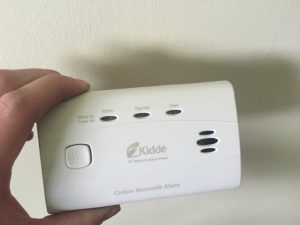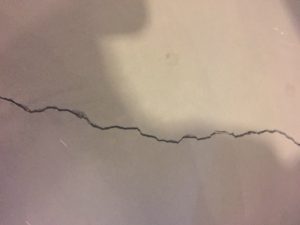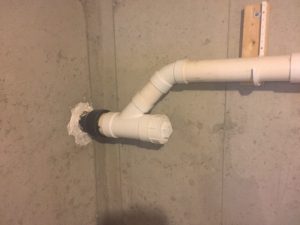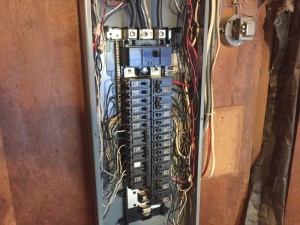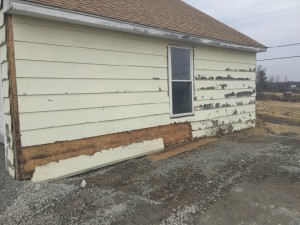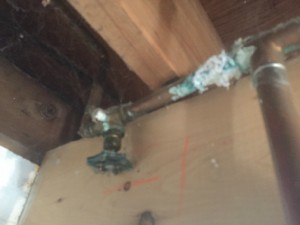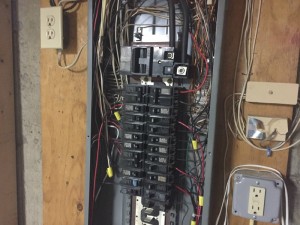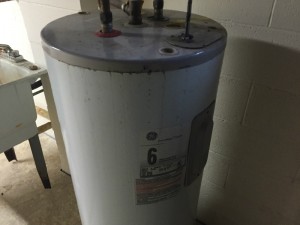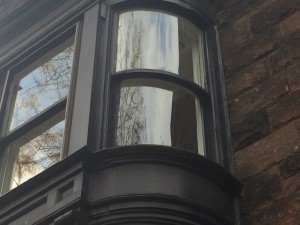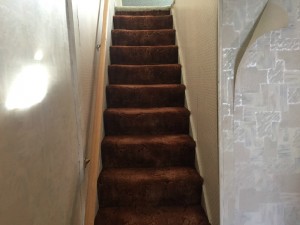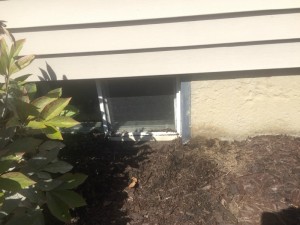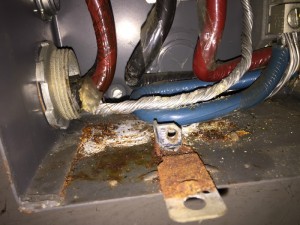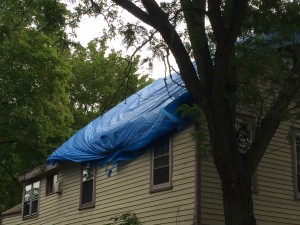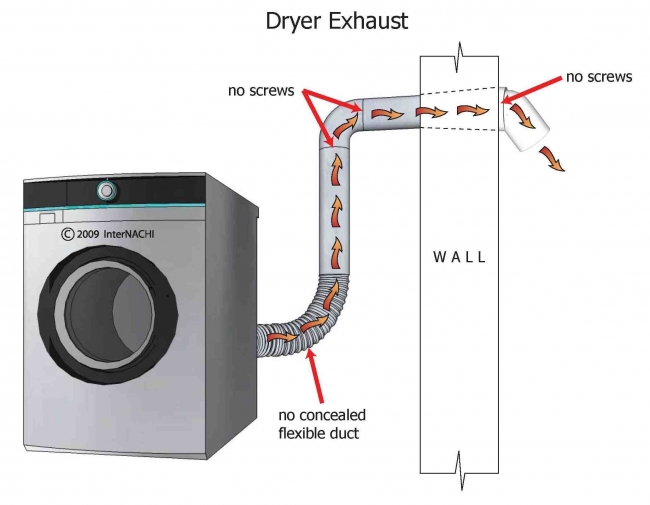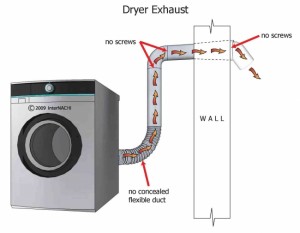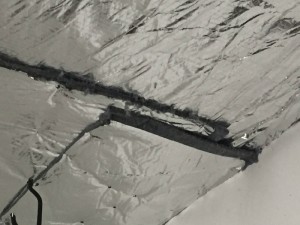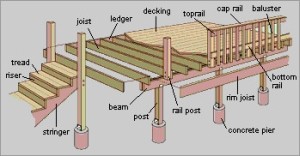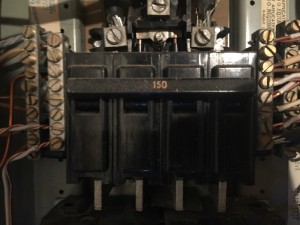
Many times someone asks “I have such-and-such amperage, is that enough power?”. Obviously, everyone want to make sure that their home has enough power, but how much is enough?
Ampacity is the number you typically see on your main breker and represents your total power. Let’s go over these.
200 amps – This level of power is considered by most to be a standard nowadays. While it is more common to see 200 amps in most modern services, it is not a standard – it’s a maximum. ost municipalities require you to have a variance if you go higher than this and is usually considered a commercial service. The vast majority of homes will never exceed this.
150 amps – This is also a common amperage. If you have an average sized home and an average sized family, this will be more power than you will ever use.
100 amps – Some people think that is a bad number, but 100’s of 1,000’s of homes run on that amperage and never run out of power. The average family of four at peak usage almost never exceed 60 amps. So 100 amps is %40 more than you would typically need. You may run into issues with adding pools and spas though, as they take extra power.
60 amps – These services are still common in some areas, but not common overall. Some insurance companies don’t like to see this amperage on homes. If this is your amperage, it will likely be functional, but consider upgrading when possible.
